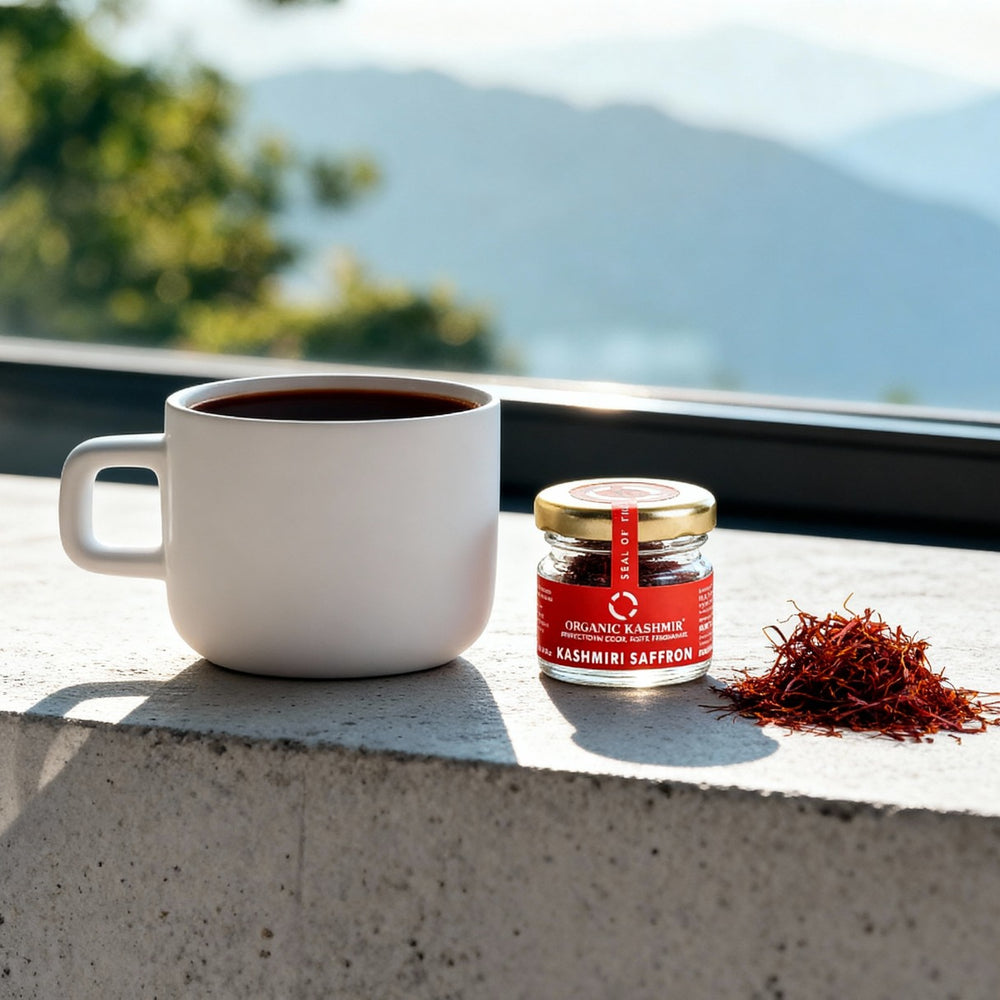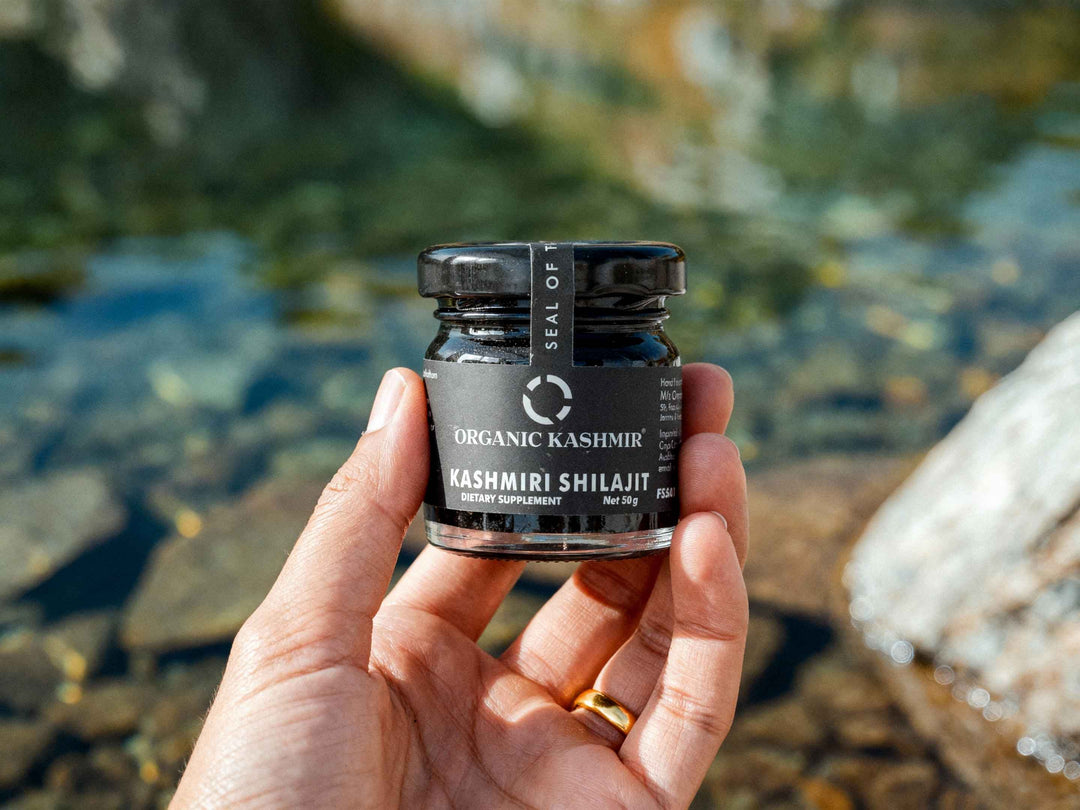Arjuna: The Healing Heart of Ayurveda

INTRODUCTION:
In the world of Ayurveda, there exist certain herbs celebrated for their exceptional healing prowess. Arjuna, an extract of the bark of the Terminalia arjuna tree, belonging to Combretaceae family, is one such essential herb, renowned not only for its cardiac benefits but also for its capacity to nourish the heart on both physical and emotional levels, fostering qualities such as courage, resilience, and love. Arjuna, christened after the legendary archer Arjuna from the Mahabharata, possesses a distinct rose-colored bark that distinguishes it. This unique herb has held a prominent place in Ayurvedic medicine for generations, particularly when it comes to heart-related concerns.
EXTERNAL MORPHOLOGY:
- Bark: Smooth, gray, peels off in flat pieces. Sapwood is reddish-white, heartwood is brown.
- Leaves: Sub-opposite, oblong or elliptic-oblong, 10-15 cm long, pale green above, pale brown beneath. Shallowly crenate, serrate, with a rounded or cordate base. Prominent glands on petiole.
- Inflorescence: Short axillary spikes or terminal panicles.
- Flowers: Sessile, with linear bracteoles shorter than flowers.
- Fruit: Drupe, 2.5-5 cm diameter, ovoid or obovoid-oblong, woody, dark brown with 5 hard projecting wings.
- Flowering and Fruiting: Flowers from March to June, fruits occur from October to February.
CHEMICAL CONSTITUENTS OF ARJUNA:
- Triterpenoid, Flavonoids, Saponins: These compounds have antioxidant and anti-inflammatory properties, which can benefit heart health.
- Phytosterols: These compounds can help lower cholesterol levels.
- Coenzyme Q10: An important enzyme for heart health.
- Minerals: Arjuna bark is rich in minerals like, calcium, magnesium, zinc, and copper.
- Polyphenols (arjunone, arjunolone), oligomeric proanthocyanodins, cardenolide, gallic acid, ellagic acid.
- Arjuna contains compounds like Arachidic Stearate, Cerasidin, Arjunic Acid, Tannins, Arjunetin, Arjunglucosides I & II, Arjunoside I, II & IV, Arjunolic Acid.
SYNONYMS OF ARJUNA:
Dhavala - The outer bark layer is white in color.
Indradru - This tree has potent medicinal properties.
Nadisarja - Typically found along the riverbanks in the month of March.
Kakubha - A large tree that spreads over a considerable area.
Partha, Veeravruksha - A powerful tree known for its efficacy.
Svetavaha - The bark of this tree is white.
Sarpana - A large tree with wide-spreading branches.
Madhugandi prasoonaka - Its flowers have a sweet fragrance.
Devasala - A tree known for its strong medicinal properties.
Hrudrogavairi - Highly beneficial for cardiac problems.
Svasaneshvara - Provides relief from respiratory issues.
CLASSICAL CATEGORIZATION:
Charaka Samhita: Udarda prashamana - Group of herbs that are used in allergic skin conditions and ringworm infestation; Kashaya Skandha - Astringent tasting group of herbs
Sushruta Samhita: Nyagrodhadi, Salasaradi
Asthang Hridya: Viratarvadi, Salasaradi
Bhavprakash Samhita: Haritaki kula
AYURVEDIC PROPERTIES OF ARJUNA:
|
Rasa (Taste) |
Kashaya (astringent) |
|
Guna (Qualities) |
Laghu (light) , Rooksha (dry) |
|
Veerya (Potency) |
Sheeta (cold) |
|
Vipaka (Taste conversion after digestion) |
Katu (pungent) |
AYURVEDIC BENEFITS OF ARJUNA:
- Cardiovascular Health: Arjuna is a heart tonic that strengthens the heart muscle, regulates blood pressure, lowers cholesterol, and improves circulation.
- Emotional and Energetic Support: It nourishes the emotional and energetic aspects of the heart, promoting emotional resilience, courage, and compassion.
- Antioxidant Action: Arjuna's antioxidants protect the heart and body from oxidative stress.
- Adaptogenic Effects: It helps the body adapt to stress and maintain overall well-being.
- Inflammation Management: Arjuna's anti-inflammatory properties can be beneficial to mitigate inflammation.
- Gastrointestinal Health: Arjuna may help in controlling diarrhea. It can also be used in cases of conditions like irritable bowel syndrome.
- Respiratory Health: Arjuna is believed to be useful in managing conditions like asthma and cough. It may help in improving lung function and reducing respiratory distress.
- Anti-Inflammatory and Antimicrobial Properties: Arjuna is known for its antioxidant and anti-inflammatory properties, which can help combat oxidative stress and inflammation in the body. Its antimicrobial properties may also assist in fighting off various infections.
- Menorrhagia: Arjuna bark helps control heavy menstrual bleeding by balancing Pitta dosha.
- Supports immune system: Arjuna helps improve immune function due to its immunomodulatory activity. It changes the response of the immune system by increasing or decreasing the antibodies production.
- Hepatoprotective effect: Arjuna helps protect the liver and improve its functioning due to its hepatoprotective activity. This is due to the presence of various bioactive components present in it.
- Fever management: Arjuna is used to manage fever by lowering the body temperature due to its antipyretic property.
- Cold and Cough: Arjuna controls cough, releases mucus, clears air passages, thus allowing the patient to breathe freely. This is because Arjuna has Kapha balancing properties which helps to remove excessive cough and gives relief to the symptoms of cough.
- Kidney Health: Arjuna possesses natural diuretic properties that increase urine production, aiding in toxin removal and reducing the risk of kidney stone formation. It helps protect the kidneys from oxidative stress, safeguarding them against cellular damage by neutralizing free radicals.
- Stress Management: Arjuna has adaptogenic properties that help the body manage physical and mental stress by regulating the stress response system. This adaptogenic quality allows for more effective coping with challenging situations. Arjuna also regulates cortisol levels, preventing excessive production, which is essential for emotional stability and stress management.
HOW TO CONSUME ARJUNA:
- Angina (heart-related chest pain): Take 10 gm of Arjuna powder. Add the same quantity of milk or water to it. Boil till reduced to half the initial quantity, and drink once or twice a day after food to reduce the risk of chest pain.
- Diarrhea: Take 10- 20 ml of Arjuna decoction. Add honey and take after taking light food to control diarrhea.
- Urinary tract infections (UTIs) and respiratory diseases like bronchitis: Take 4-8 teaspoons of Arjuna powder. Add same quantity of milk or water to it. Drink once or twice a day after taking food to reduce the symptoms of UTI.
- High Blood Pressure: A decoction of Arjuna bark may help in regulating blood pressure. Boil a few pieces of Arjuna bark in water, strain, and consume.
- High Cholesterol: Arjuna can be used to lower cholesterol levels. Mix Arjuna powder with warm water or milk and consume regularly.
- Skin Disorders: External application of Arjuna bark can be effective in managing skin disorders such as eczema, psoriasis, itching, and rashes. Take ½ - 1 teaspoon of Arjuna powder. Add milk to it and mix well. Apply evenly on the face and neck. Let it sit for 4-5 minutes. Wash thoroughly with tap water. Use this remedy 1-3 times a week to help get rid of hyperpigmentation, acne, pimples, etc.
- Arjuna fruit decoction for washrman itch and finger web infections: The mature fruits or seeds of Arjuna are used to create a decoction. This decoction is applied to wash wounds. Additionally, Arjuna bark powder is used on wounds with secretion.
- For osteoporosis and geriatric fatigue: Consume the arjuna bark water decoction along with half a teaspoon of jaggery and a teaspoon of honey.
- Bhagna (Fracture): One afflicted with a fracture should take Arjuna bark powder with milk added with ghee.
Milk decoction using Arjuna bark:
- Take 10 grams of coarse powder of Arjuna bark and 80 ml of boiled and cooled milk.
- Combine them in vessel
- Add 320 ml of water to the vessel.
- Begin boiling the mixture over low heat while stirring continuously.
- Continue boiling until all the water evaporates, and the liquid level reduces back to 80 ml (the initial milk volume).
- Once boiled down to 80 ml, filter the liquid through a cloth to collect the milk.
-This process is called Ksheerapaka in Ayurvedic terms.
-Benefits include: Strengthening heart function, acting as a natural cardiac tonic, and helping with hypertension and vertigo.
Water Decoction using Arjuna bark:
- Prepare a Kashayam (water decoction) by taking a tablespoon of bark powder and adding it to 2 cups of water.
- Boil and reduce it to half a cup, then filter it.
-Consume 50 ml of this decoction once or twice a day, before meals
Remember to seek guidance from an Ayurvedic practitioner for personalized advice and dosage recommendations, ensuring you harness the full potential of this Ayurvedic gem.
Side effects and precautions:- Arjuna has blood-thinning properties, so it should be avoided by individuals taking anticoagulant medications, as it can potentially increase the risk of bleeding.
- Arjuna pastes may cause allergies, especially in individuals with hypersensitive skin.
- Regularly check blood sugar levels, as Arjuna may potentially decrease them.
- It is advisable to refrain from using Arjuna during pregnancy and breastfeeding.
Seek your doctor's or healthcare practitioner's advice if you plan on taking it along with other medications as it can interact adversely with them and show side effects.
Disclaimer:
The information shared is for educational purposes and is not a substitute for medical advice. Always consult a healthcare professional for your medical concerns, and discuss the use of herbs with them for personalized guidance.
REFERENCES:
- (Vrinda Madhava. 46. 10)
- Agnivesha, Charaka, Dridhabala . In: Charaka Samhita, ed. Vaidya Jadavaji Trikamji Aacharya, editor. Varanasi: Chaukhamba Sanskrit Sansthan; 2009.
- In: Sushruta Samhita, Sutra Sthana, ed. Vaidya Jadavji Trikamji Acharya., editor. Varanasi: Choukhambha Orientalia; 2005.
- In: Ashtanga Hrudaya, 9th ed. Anna Moreshwar Kunte, Krishnashastri Navarre, Harishastri, editors. Varanasi: Choukhambha Orientalia; 2005.
- In: BhavaPrakasha Nighantu, Vataadi Varga 11th ed. part 2. Brahma Shankara Mishra., editor. Varanasi: Choukhambha Bharati Academy; 2009.
- V. Sharma, Priya Nighantu, Haritkyadi Varga, Chaukhamba Krishnadas Academy; Varanas
- J.L.N. Sastry and Dr. B.S. Sastry, Dravyaguna Vigyana, Chaukhambha Orientalia, Varanasi.
- https://www.iafaforallergy.com/dravya-herbs-part-a/terminalia-arjuna/
- https://www.easyayurveda.com/2014/12/15/terminalia-arjuna-benefits-how-to-use-research-side-effects/
- https://www.1mg.com/ayurveda/arjuna-102
Published By Rasayana Limited. All Rights Reserved. No part of this publication may be reproduced or transmitted in any form or by any means, electronic or mechanical, including photocopying, recording, or any information storage and retrieval system, without permission in writing from the publisher.
Author: Dr. Monika MittalEditor: Debleena Chatterjee
Photography credits: Aziz Acharki







